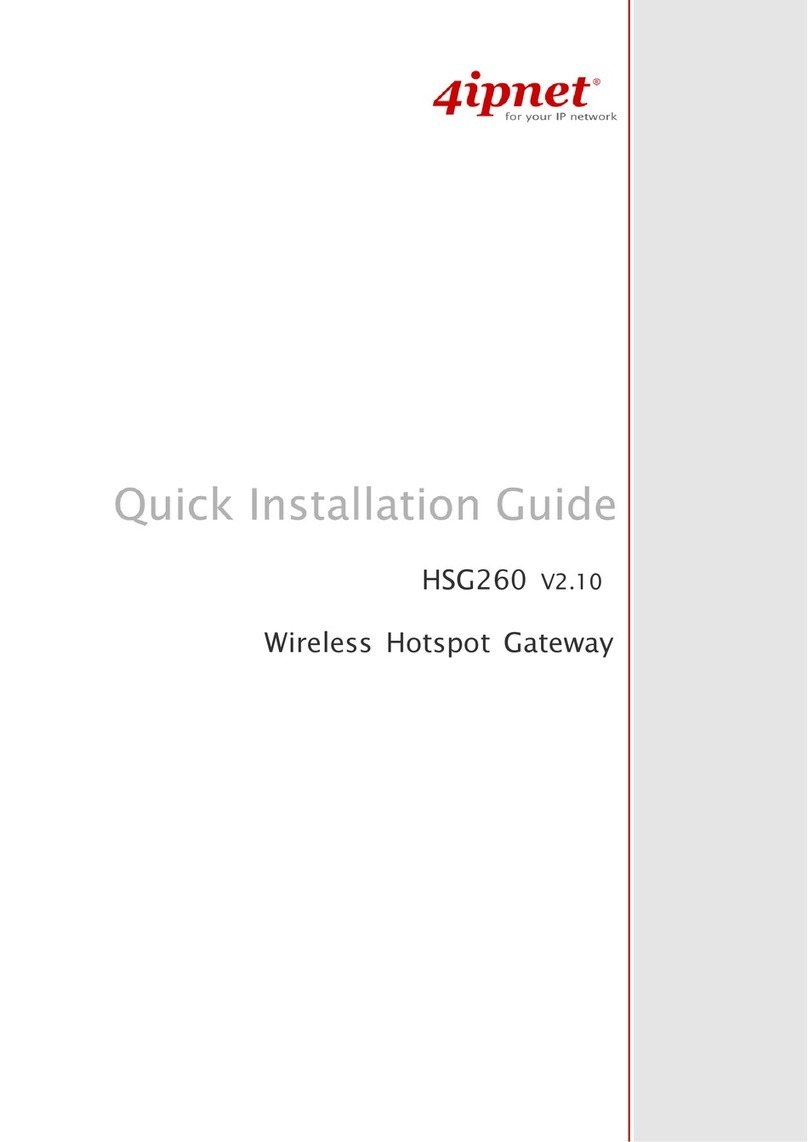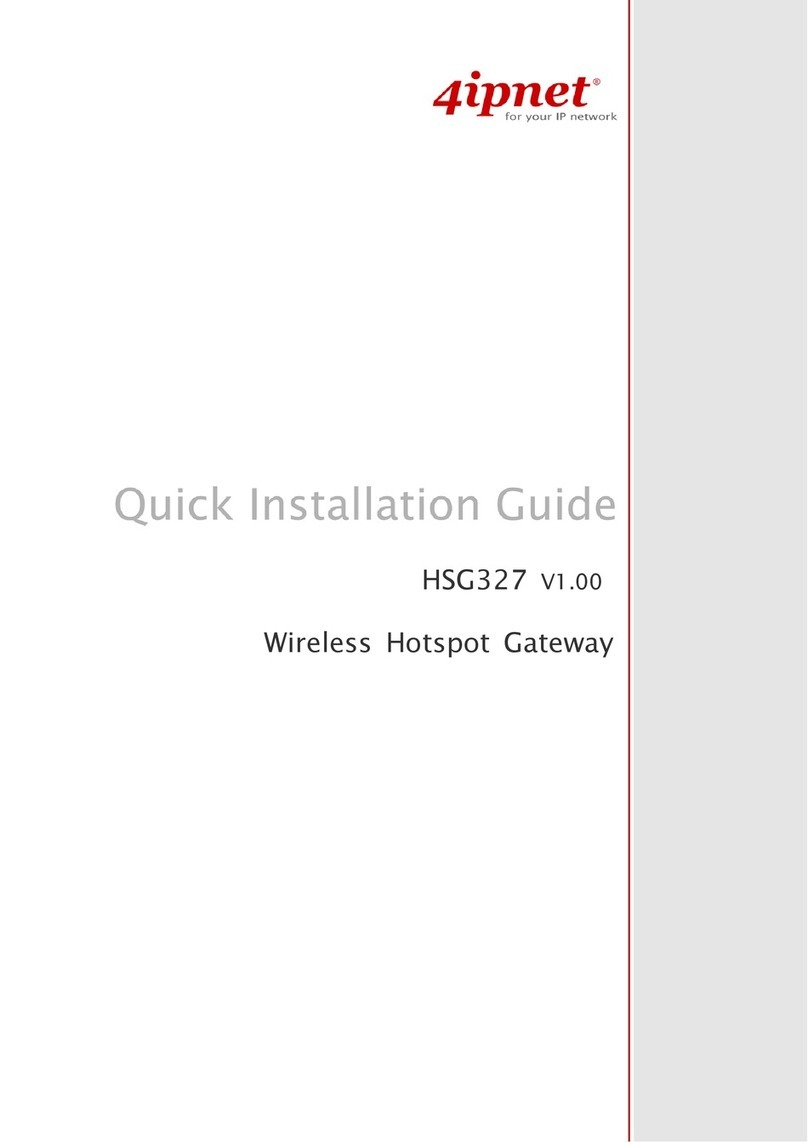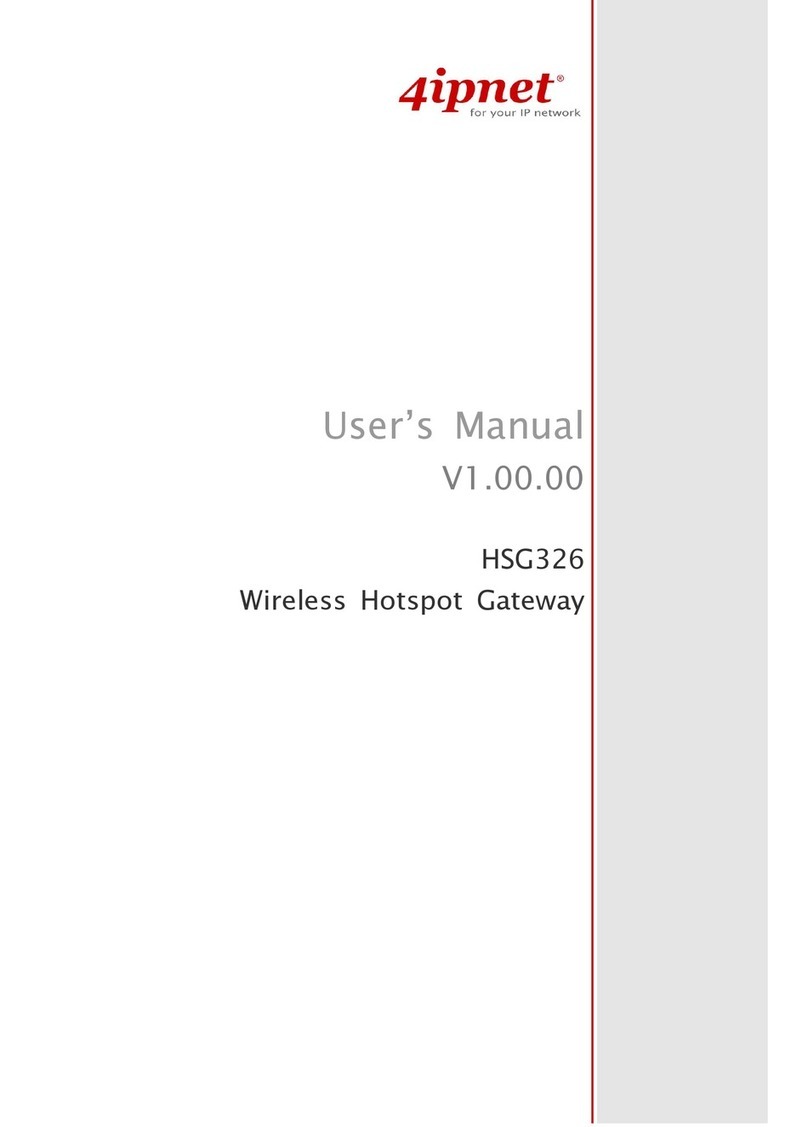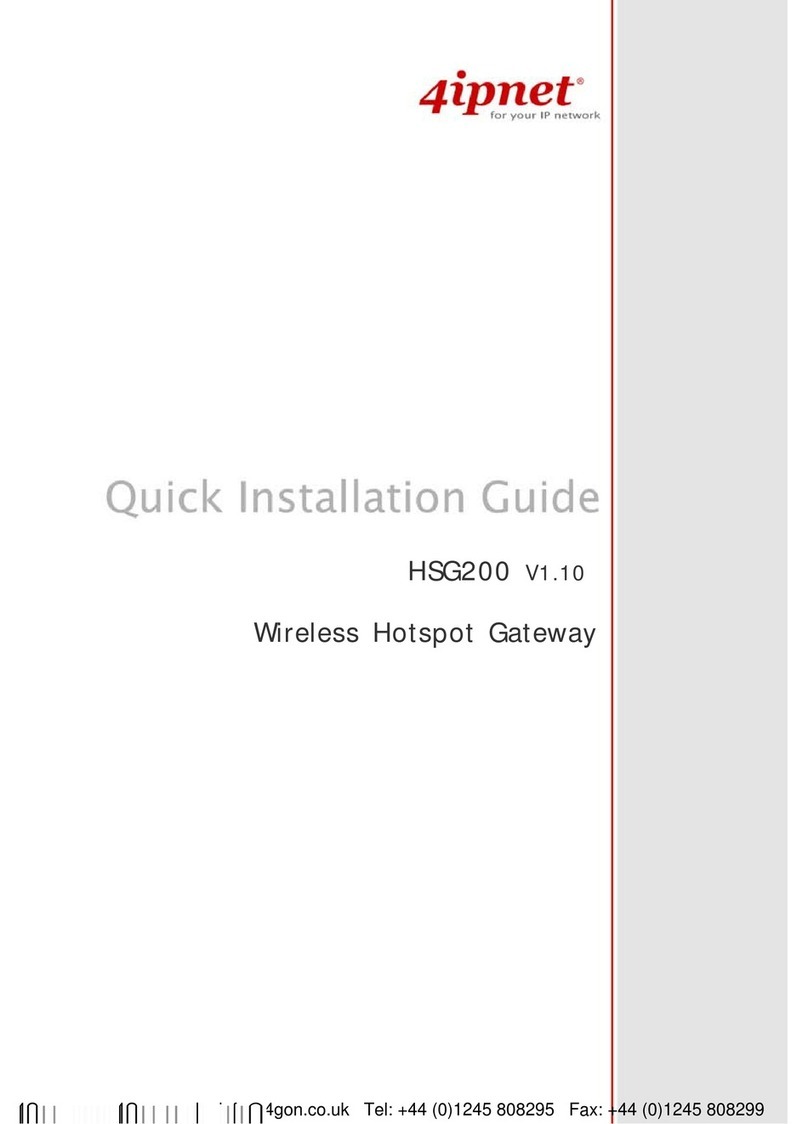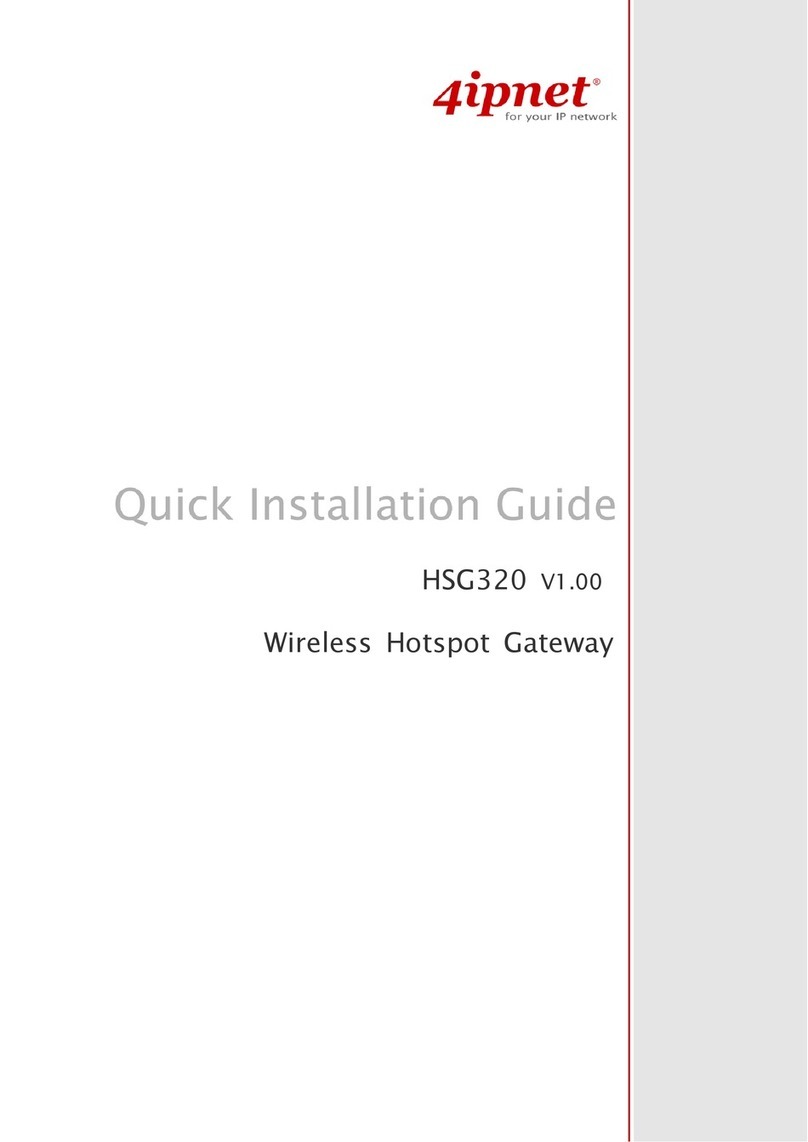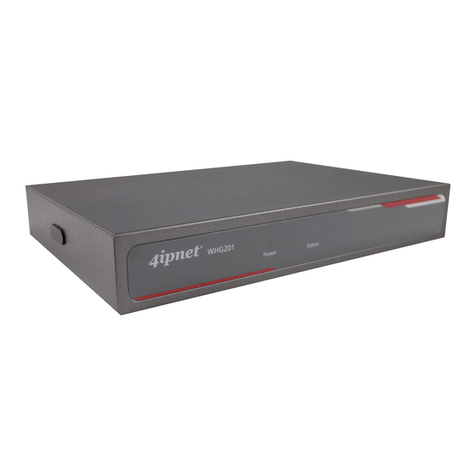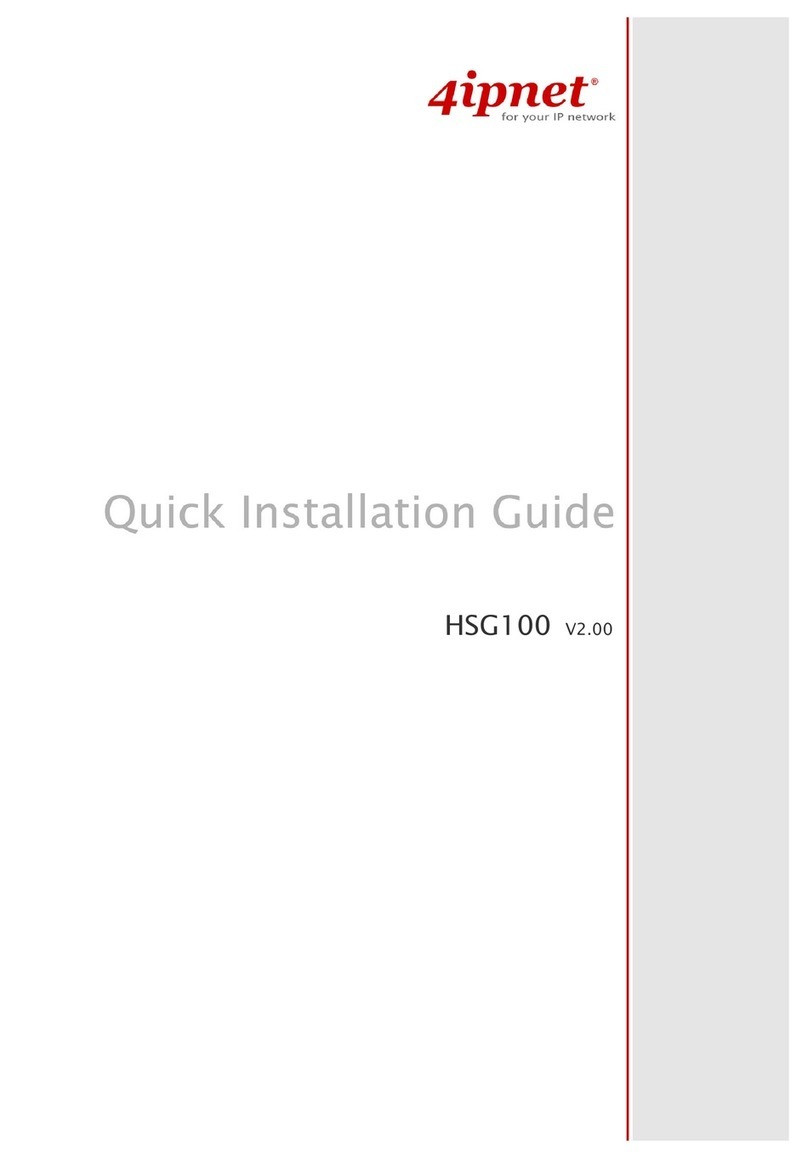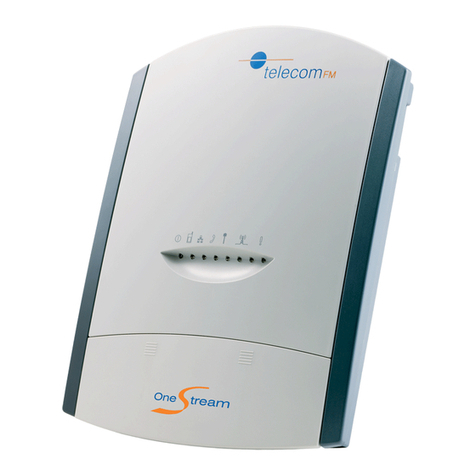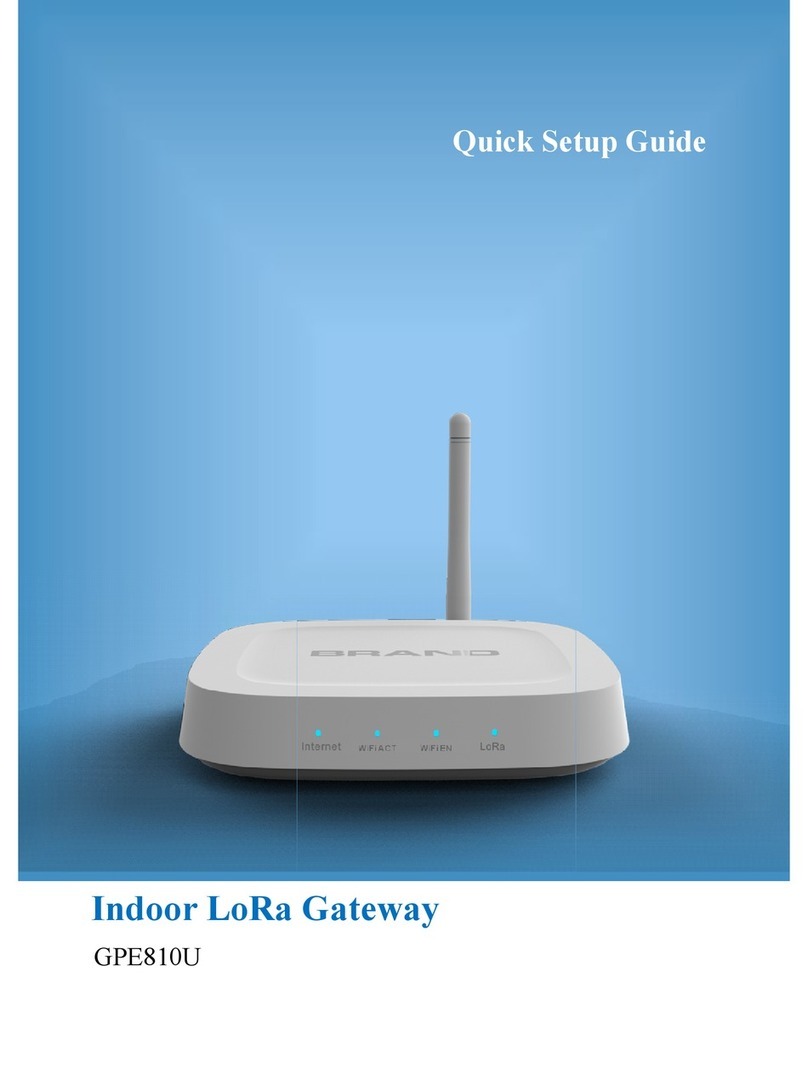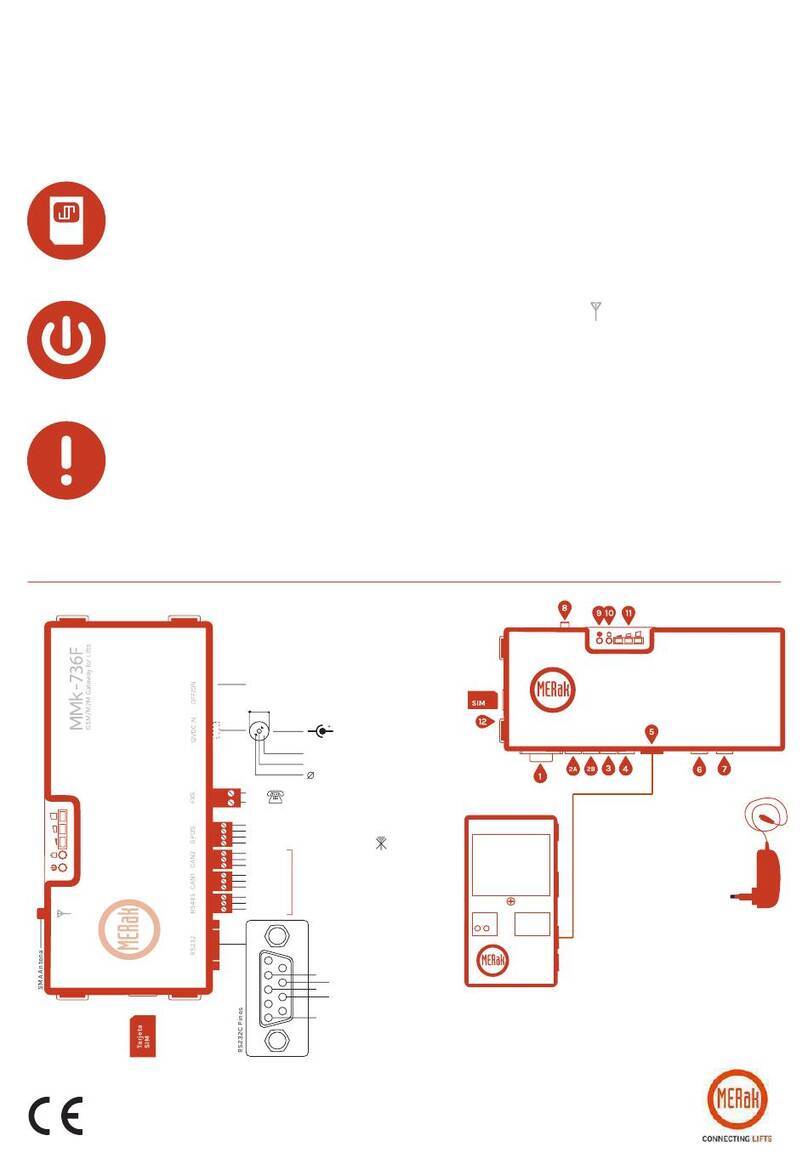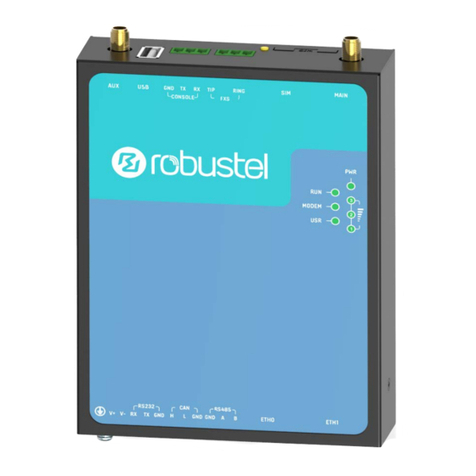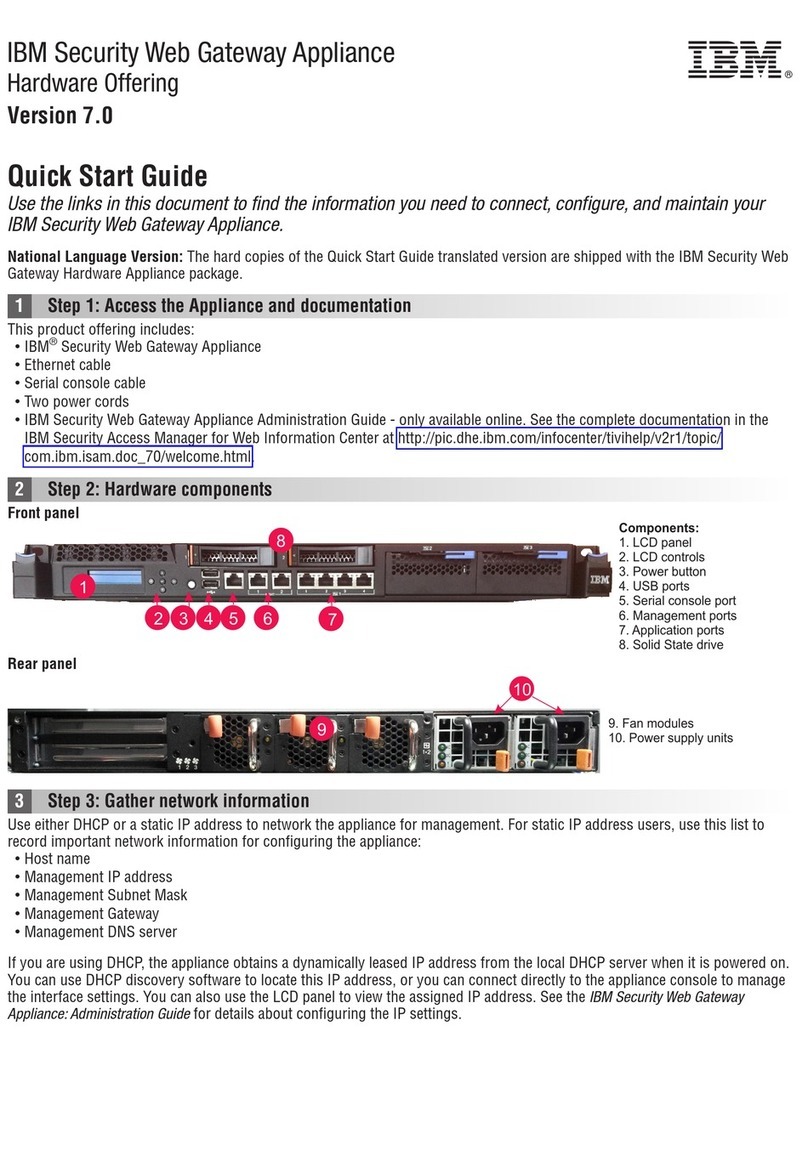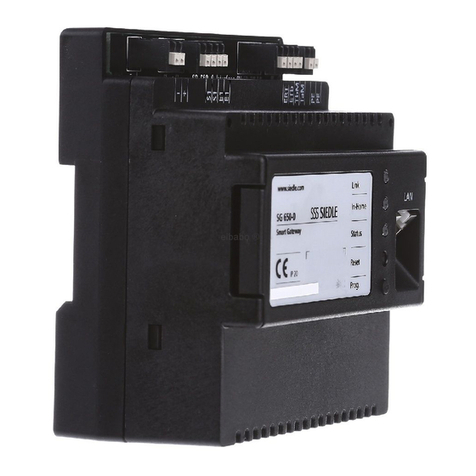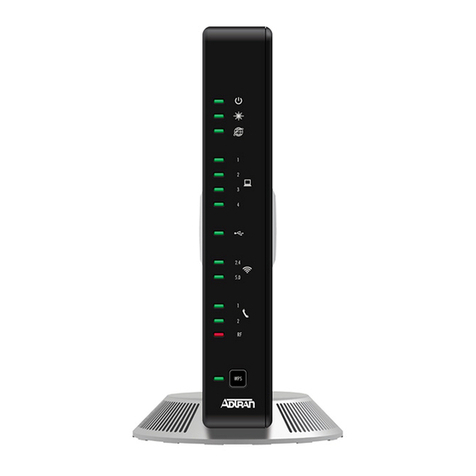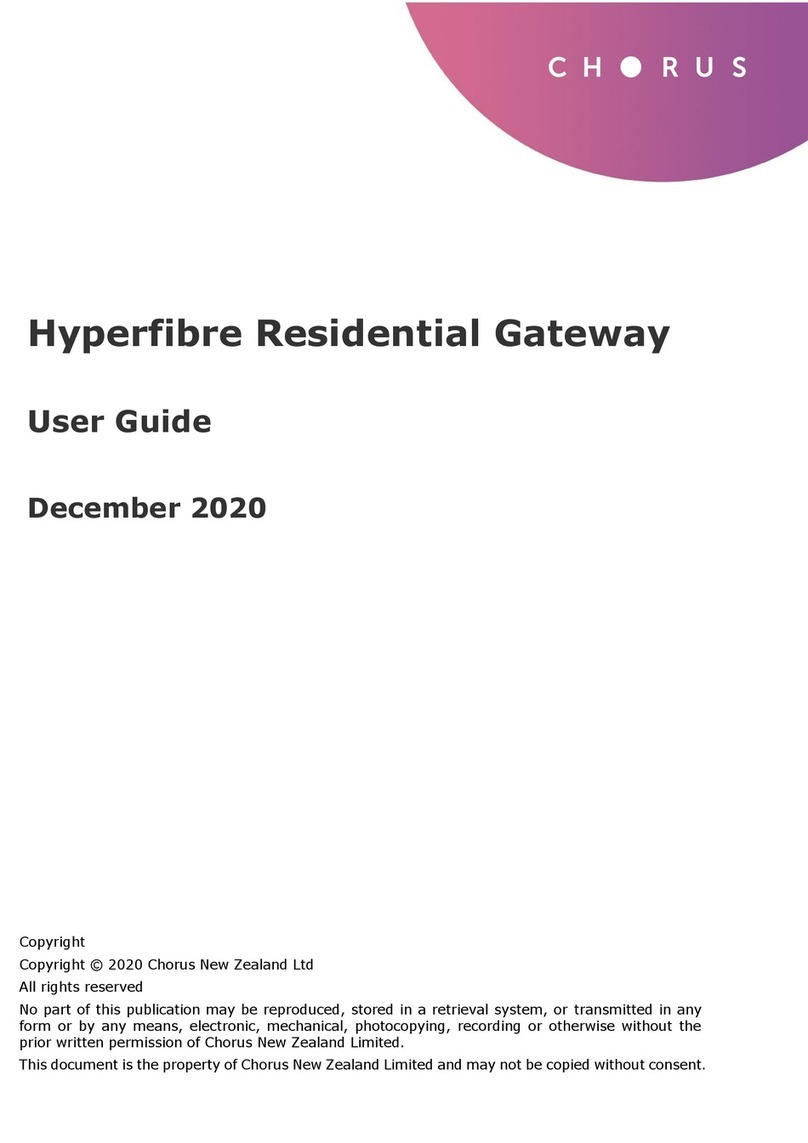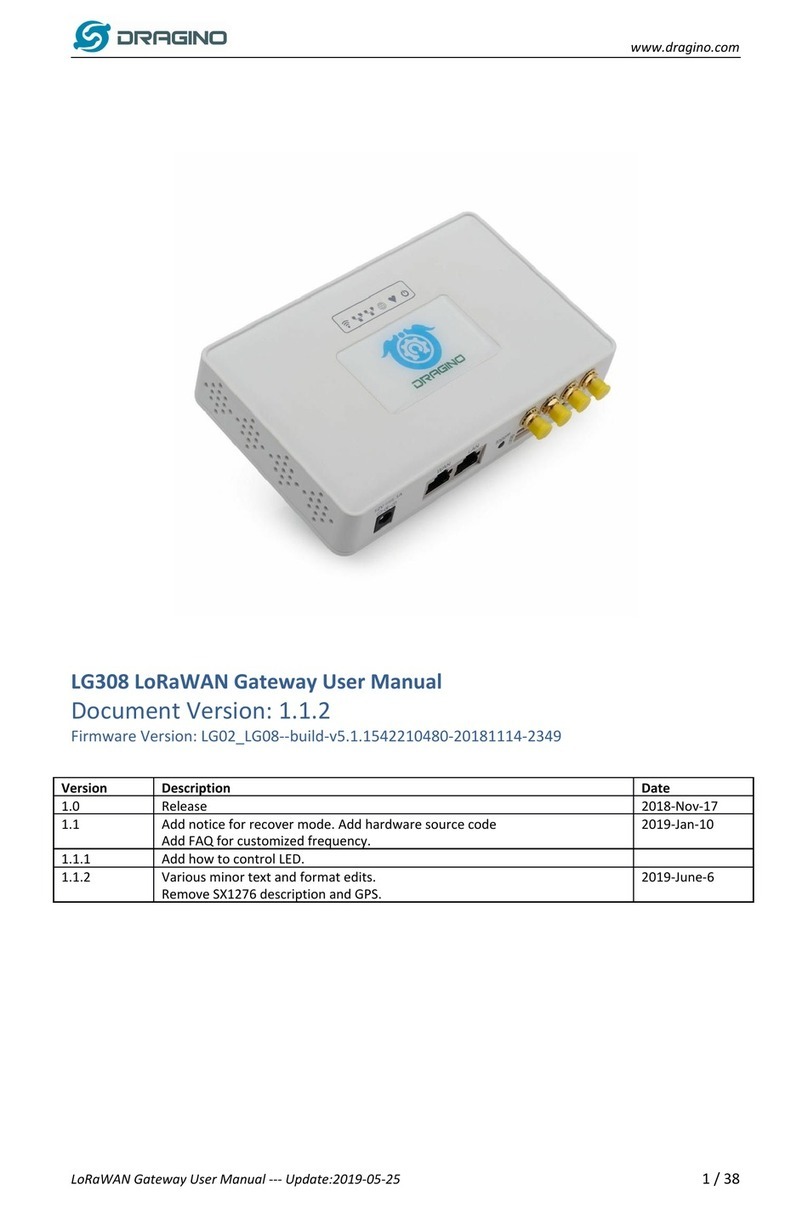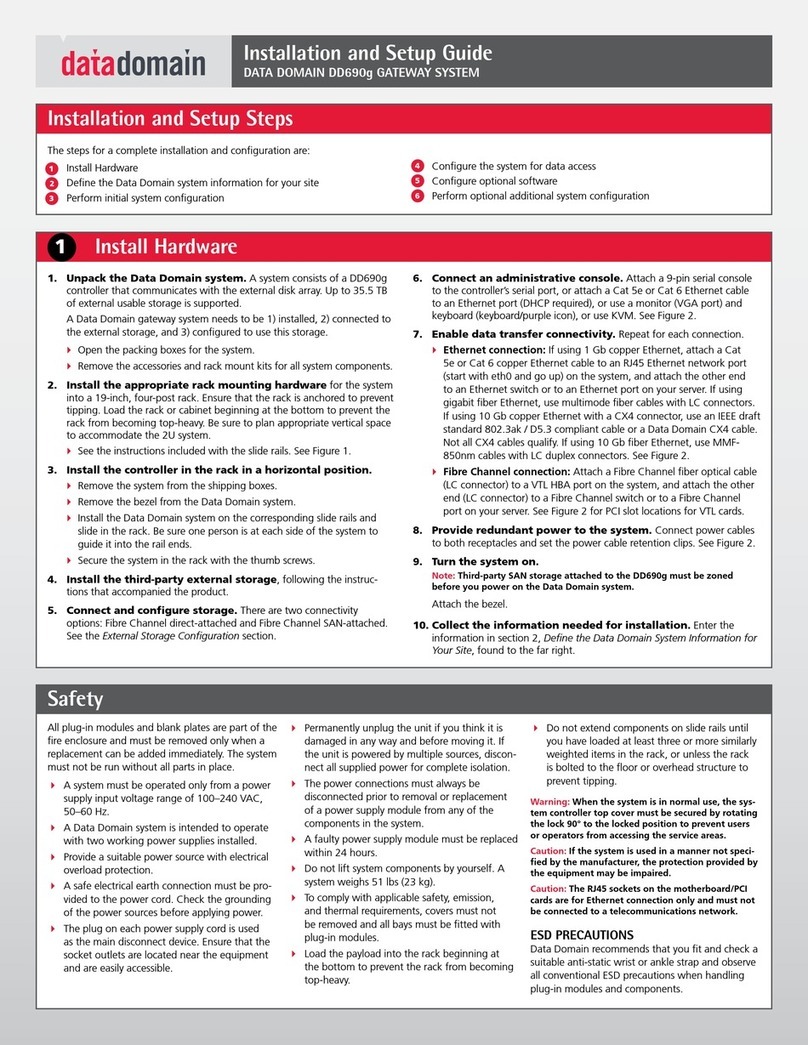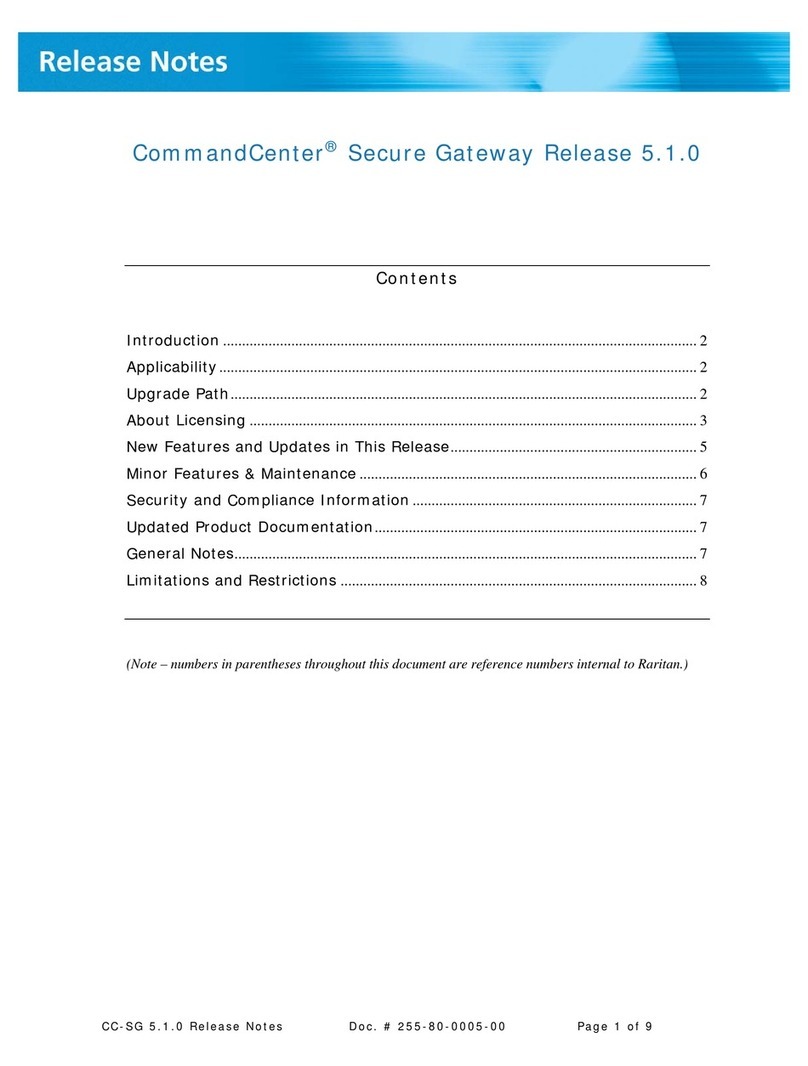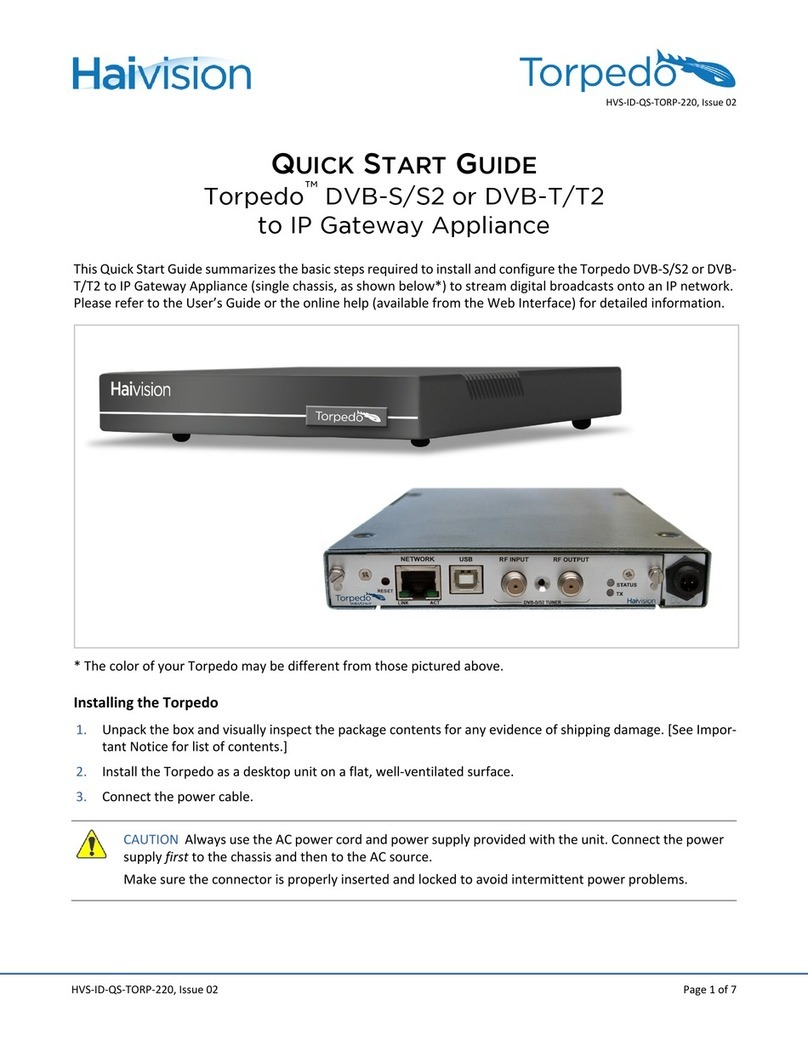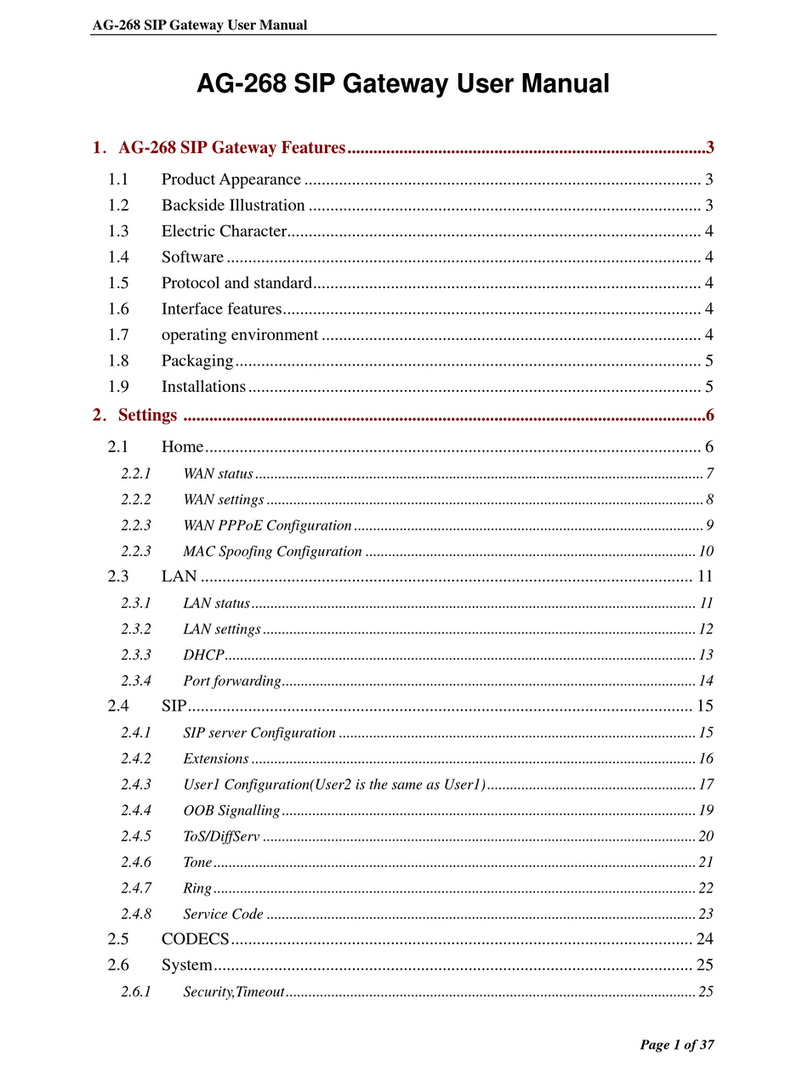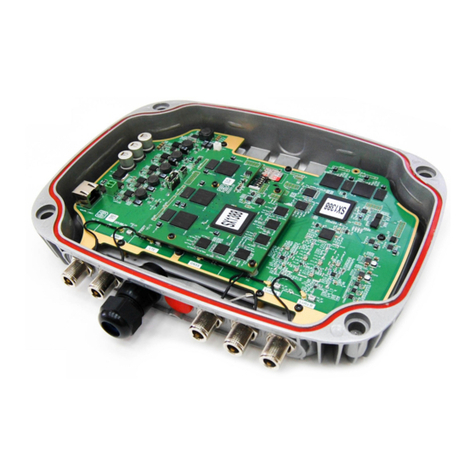
User’s Manual
WHG Controller / HSG Gateway ENGLISH
11.2.1 Usage-time with Expiration Time........................................145
11.2.2. Usage-time with No Expiration Time ..................................147
11.2.3. Hotel Cut-off-time ...........................................................149
11.2.4. Volume..........................................................................150
11.2.5. Duration-time with Elapsed Time.......................................152
11.2.6. Duration-time with Cut-off Time........................................154
11.2.7. Duration-time with Begin-and-End Time.............................155
11.3 Terminal Server Setup ..................................................................157
11.4 Customizing POS Tickets ...............................................................165
11.5 Creating Accounts ........................................................................170
11.6 User Self Service..........................................................................172
Chapter 12. PMS Integration .............................................................. 177
12.1 Hotel Room Location Mapping ........................................................178
12.2 Net-Retriever...............................................................................180
12.3 Micros Opera ...............................................................................181
Chapter 13. Account Roaming............................................................. 184
13.1 Roaming Related ..........................................................................184
13.2 WISPr for ISP Roaming ..................................................................184
13.3 Cross Gateway Roaming.................................................................186
13.4 Local / On-Demand Account Roaming Out.........................................187
Chapter 14. VPN ................................................................................. 190
14.1 Site-to-Site .................................................................................190
14.2 Remote Client..............................................................................192
14.3 Local Client .................................................................................193
Chapter 15. Switch Management ........................................................ 195
15.1 Switch List ..................................................................................195
15.2 PoE Schedule Template .................................................................196
15.3 Backup Configuration....................................................................197
Chapter 16. Platform Dependent Features.......................................... 198
16.1 High Availability (HA) (WHG321, WHG325, WHG405, WHG515,
WHG525, WHG707, WHG711, WHG801).........................................198
16.2 Hardware Button (WHG311, WHG315) ............................................200
16.2.1. Quick-Restore.................................................................201
16.2.2. Quick-VPN .....................................................................205
16.2.3. Quick-Maintenance..........................................................206
16.3 AP Simulation (WHG321, WHG325, WHG405, WHG425, WHG515,
WHG525, WHG711, WHG801) .......................................................208
16.3.1. Simulation Tool (Utilities) .................................................208
16.3.2. Managed AP Simulation (Status) .......................................212
Appendix A. WHG Models & Installation.............................................. 213
Appendix B. HSG Models & Installation ............................................... 229
Appendix C. External Pages ................................................................ 235
Appendix D. Useful Management & Evaluation Tools ............................ 249
Appendix E. On-Demand Account Types ............................................... 251
Appendix F. UI Reference Index ........................................................... 258
I. Main .....................................................................................258
II. Setup Wizard..........................................................................258
III. Dashboard ............................................................................259
A. System ..................................................................................260
1) General ..................................................................................260
